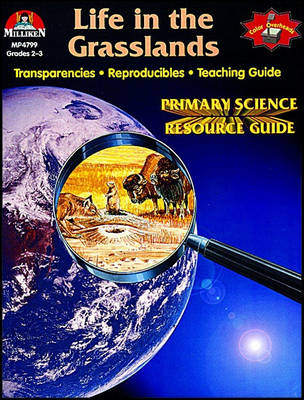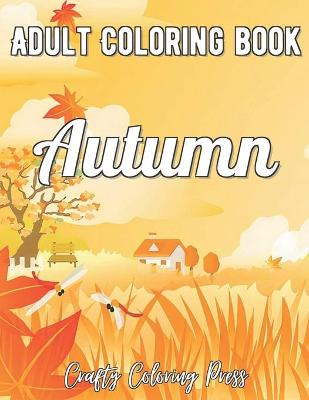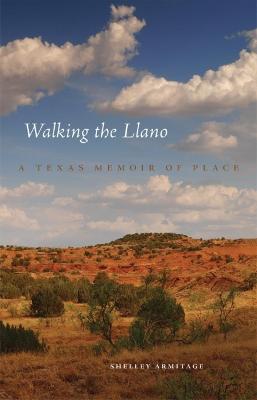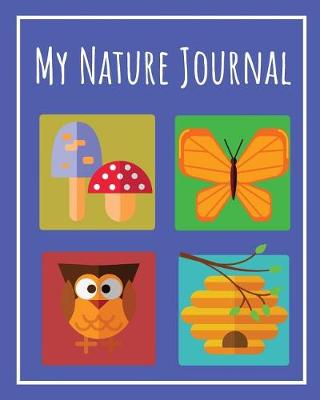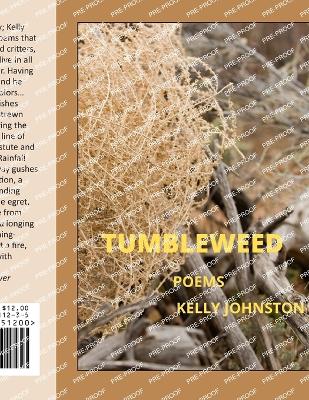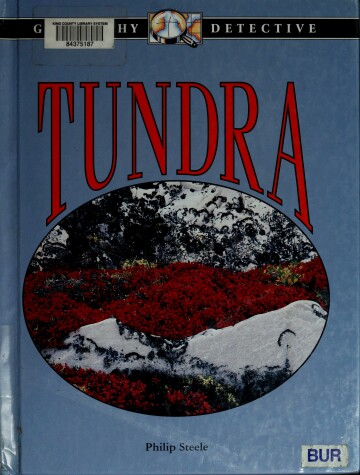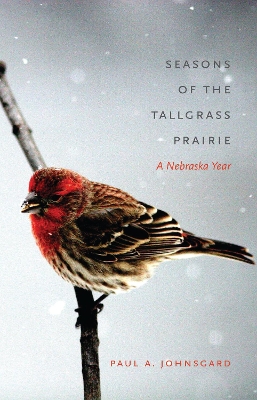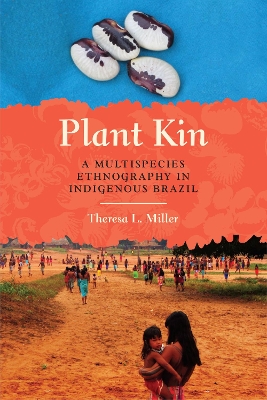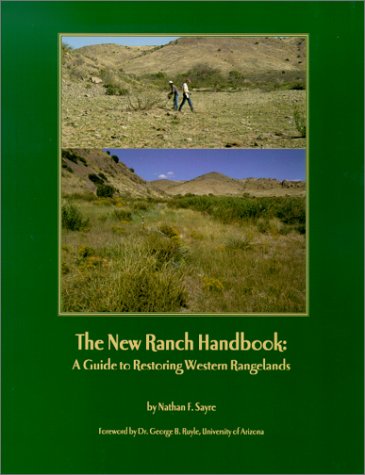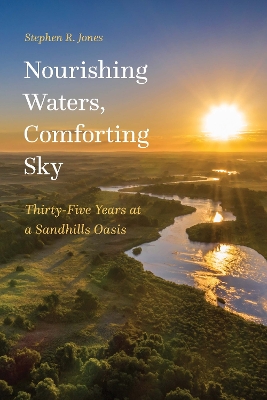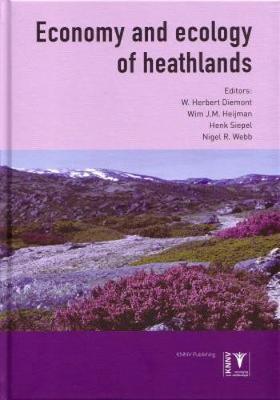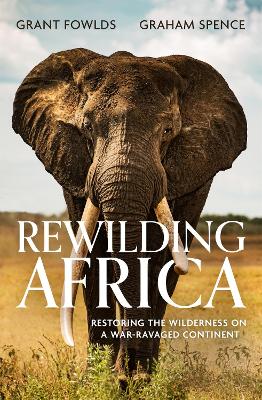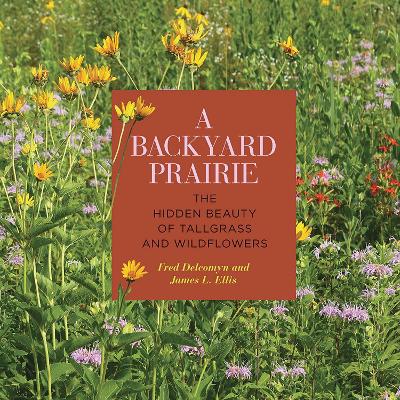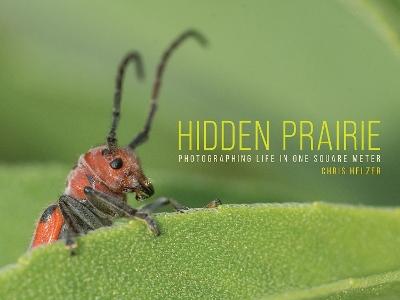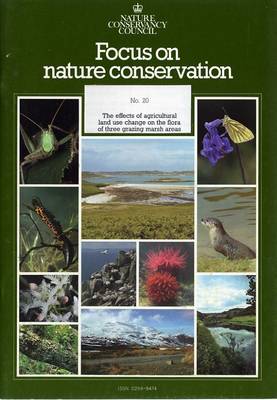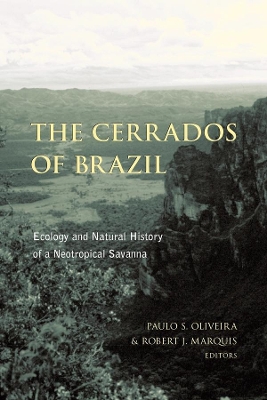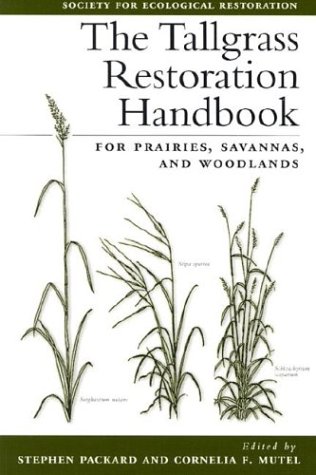In his first book since the acclaimed The Running Sky Tim Dee tells the story of four green fields. Four fields spread around the world: their grasses, their hedges, their birds, their skies, and their natural and human histories. Four real fields – walkable, mappable, man-made, mowable and knowable, but also secretive, mysterious, wild, contested and changing. Four fields – the oldest and simplest and truest measure of what a man needs in life – looked at, thought about, worked in, lived with,...
When American explorers crossed the Texas Panhandle, they dubbed it part of the ""Great American Desert."" A ""sea of grass,"" the llano appeared empty, flat, and barely habitable. Contemporary developments - cell phone towers, oil rigs, and wind turbines - have only added to this stereotype. Yet in this lyrical ecomemoir, Shelley Armitage charts a unique rediscovery of the largely unknown land, a journey at once deeply personal and far-reaching in its exploration of the connections between memo...
Describes the tundra regions of the world and how plants, animals, and people live there.
A respected author and scholar, Paul A. Johnsgard has spent a lifetime observing the natural delights of Nebraska’s woodlands, grasslands, and wetlands. Seasons of the Tallgrass Prairie collects his musings on Nebraska’s natural history and the issues of conservation facing our future. Johnsgard crafts essays featuring snow geese, owls, hummingbirds, and other creatures against the backdrop of Great Plains landscapes. He describes prairie chickens courting during predawn hours and the calls...
The Indigenous Canela inhabit a vibrant multispecies community of nearly 3,000 people and over 300 types of cultivated and wild plants living together in Maranhão State in the Brazilian Cerrado (savannah), a biome threatened with deforestation and climate change. In the face of these environmental threats, Canela women and men work to maintain riverbank and forest gardens and care for their growing crops, whom they consider to be, literally, children. This nurturing, loving relationship between...
The New Ranch Handbook
What began as a grassroots collaboration among a small number of ranchers and conservationists working to resolve rangeland problems has grown into an active faction of innovative (or visionary) ranchers called ""New Ranchers."" In The New Ranch Handbook, author Nathan F. Sayre demonstrates how livestock ranching and conservation values can be compatible and ranchers and environmentalists can work together to benefit rangelands. On New Ranches in New Mexico, Arizona, Colorado, and elsewhere, liv...
2023 Nebraska Book Award In the Nebraska Sandhills, ranchers on horseback and in pickup trucks share the range with pronghorn antelope, burrowing owls, and long-billed curlews. The native grasses grow greener as the cattle grow fatter. Throughout the region, river otters and mink swim in streams nourished by springs bubbling up from the High Plains (Ogallala) aquifer. Over years of close observation, Stephen R. Jones has gotten to know the Nebraska Sandhills—the twenty-thousand-square-mile exp...
Economy and Ecology of Heathlands
Conservationist Grant Fowlds lives to save and protect Africa's rhinos, elephants and other iconic wildlife, to preserve their habitats, to increase their range and bring back the animals where they have been decimated by decades of war, as in Angola, Mozambique and the Democratic Republic of the Congo. This vivid account of his work tells of a fellow conservationist tragically killed by the elephants he was seeking to save and a face-off with poachers, impoverished rural people exploited by rap...
All the makings of natural wonder in your backyard In 2003 Fred Delcomyn imagined his backyard of two and a half acres, farmed for corn and soybeans for generations, restored to tallgrass prairie. Over the next seventeen years, Delcomyn, with help from his friend James L. Ellis scored, seeded, monitored, reseeded, and burned these acres into prairie. In A Backyard Prairie, they document their journey and reveal the incredible potential of a backyard to travel back to a time before the wild pra...
Chris Helzer illustrates the beauty and diversity of prairie through an impressive series of photographs, all taken within the same square meter of prairie. During his year-long project, he photographed 113 plant and animal species within a tiny plot, and captured numerous other images that document the splendor of diverse grasslands. Even readers familiar with prairies will be fascinated by the varied subject matter Helzer captured with his camera. In addition, his captivating and accessible na...
The Effects of Agricultural Land Use Change on the Flora of Three Grazingmarsh Areas (Focus on Nature Conservation)
by J.O. Mountford and J. Sheail
The Cerrados of Brazil
While the imperiled Brazilian rainforest has been the focus of considerable international media attention and conservation efforts, the massive grasslands of Brazil-known as the cerrados-which cover roughly a quarter of its land surface and are among the most threatened regions in South America, have received little notice. This book brings together leading researchers on the area to produce the first detailed account in English of the natural history and ecology of the cerrado/savanna ecosystem...
Prairies are among the most severely degraded ecosystems on the North American continent, with virtually no original prairie land extant in a pristine state. Because of the amount and severity of environmental damage visited upon them, prairies have become a proving ground for the fledgling craft of ecological restoration.The restoration of ecosystems is a practical science, with little theoretical knowledge available to guide the work of practitioners. Information is acquired primarily through...
British Plant Communities is the first systematic and comprehensive account of the vegetation types of this country. It covers all natural, semi-natural and major artificial habitats in Great Britain (but not Northern Ireland), representing the fruits of fifteen years of research by leading plant ecologists. The book breaks new ground in wedding the rigorous interest in the classification of plant communities that has characterized Continental phytosociology with the deep concern traditional in...
Long before sunflower seeds became a popular snack food, they were a foodstuff valued by Native Americans. For some 10,000 years, from the end of the Pleistocene to the 1800s, the indigenous peoples of the plains regarded edible native plants, like the sunflower, as an important source of food. Not only did plants provide sustenance during times of scarcity, but they also added variety to what otherwise would have been a monotonous diet of game. Nevertheless, the use of native plants as food sha...

